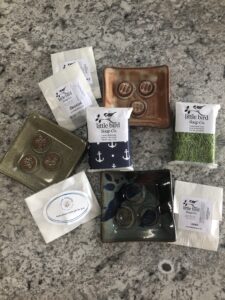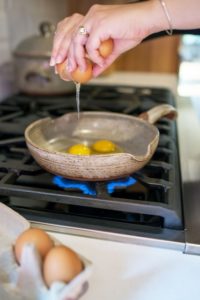Have you tried Little Bird Soap Company’s wonderful soaps? All of the Coyotes love the look, smell, and design of their soaps. Clay Coyote worked with Little Bird Soap Co.
No Skewer Chicken Kebobs
From Nic with the Gallery This recipe for Honey Chicken Kebabs comes from Allrecipes.com with a slight modification. One of the many fun uses for the Clay Coyote Grill Basket
Top 10 most Common Questions
These are some questions we get on a daily basis either in the Gallery or online. Can Clay Coyote Flameware be used on a glass top? Clay Coyote Flameware can
Grilled Zucchini with Parmesan
From Nic with the Gallery Grilling season is in full swing! Here is a simple and quick recipe just perfect for making in your Clay Coyote Grill Basket. My favorite
How to Choose the Right Pot
All of our pots are handmade, and whatever you want to cook in them, you can. They’re designed with functionality in mind, but we encourage you to get creative. Some





